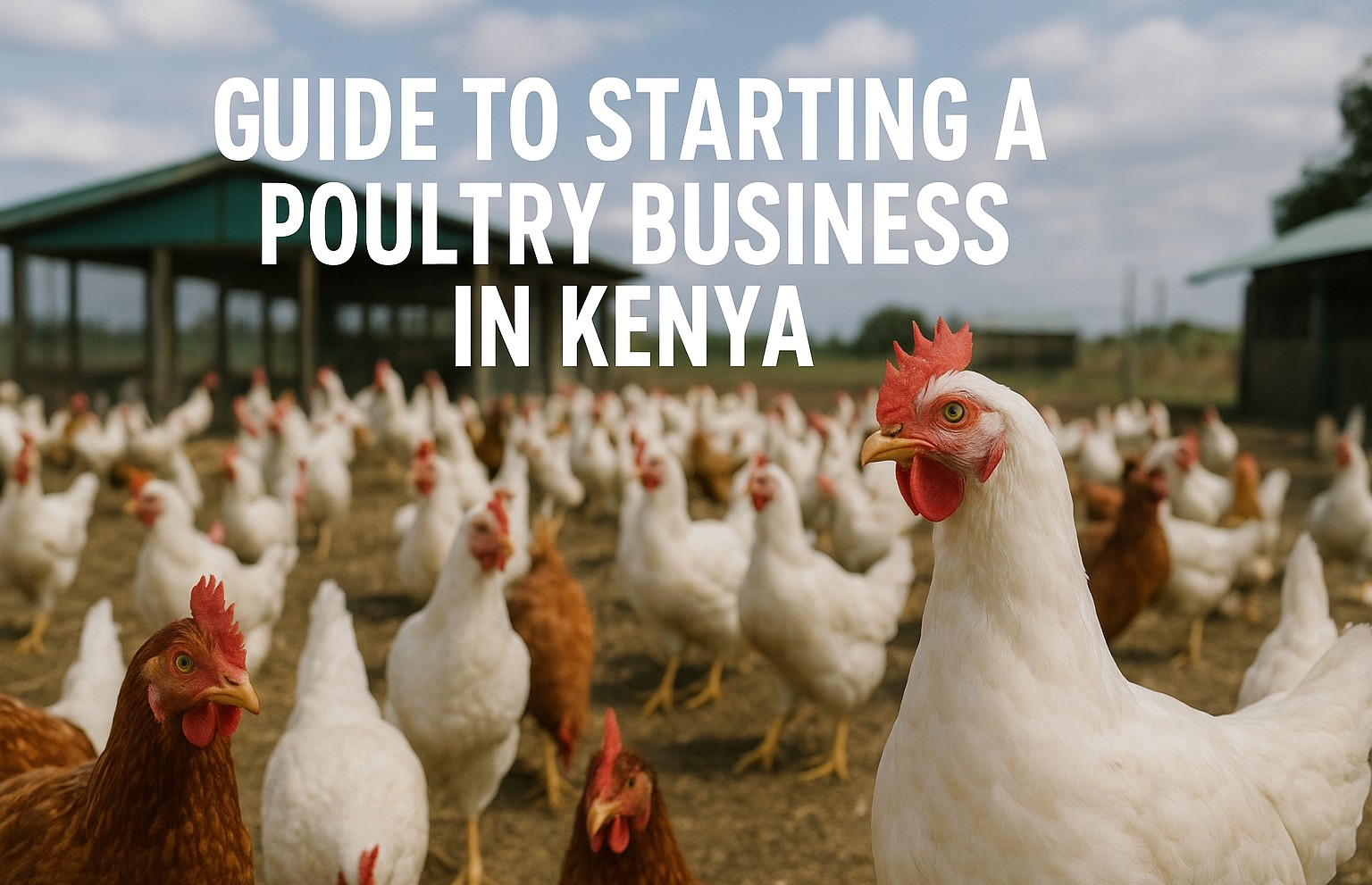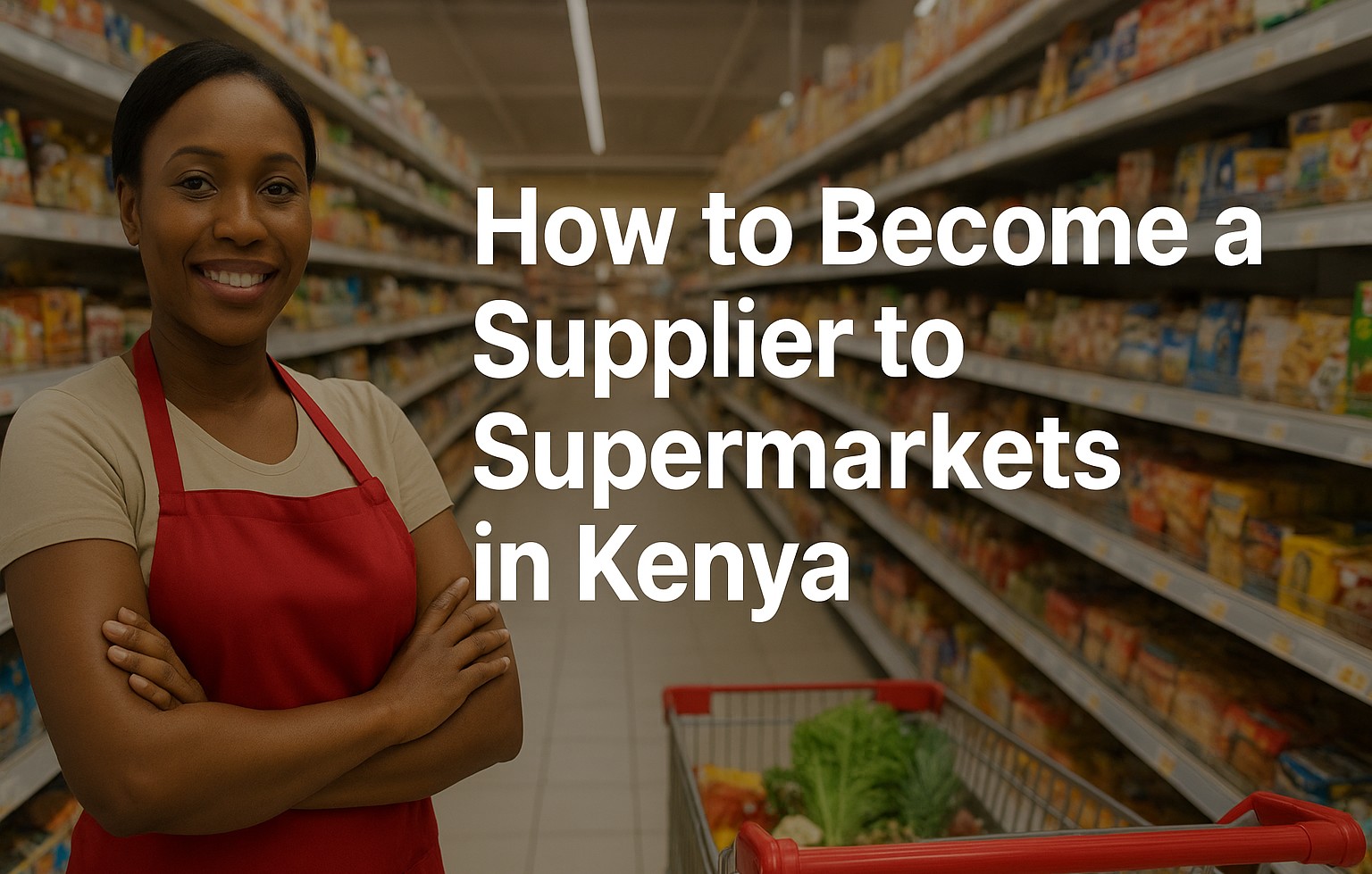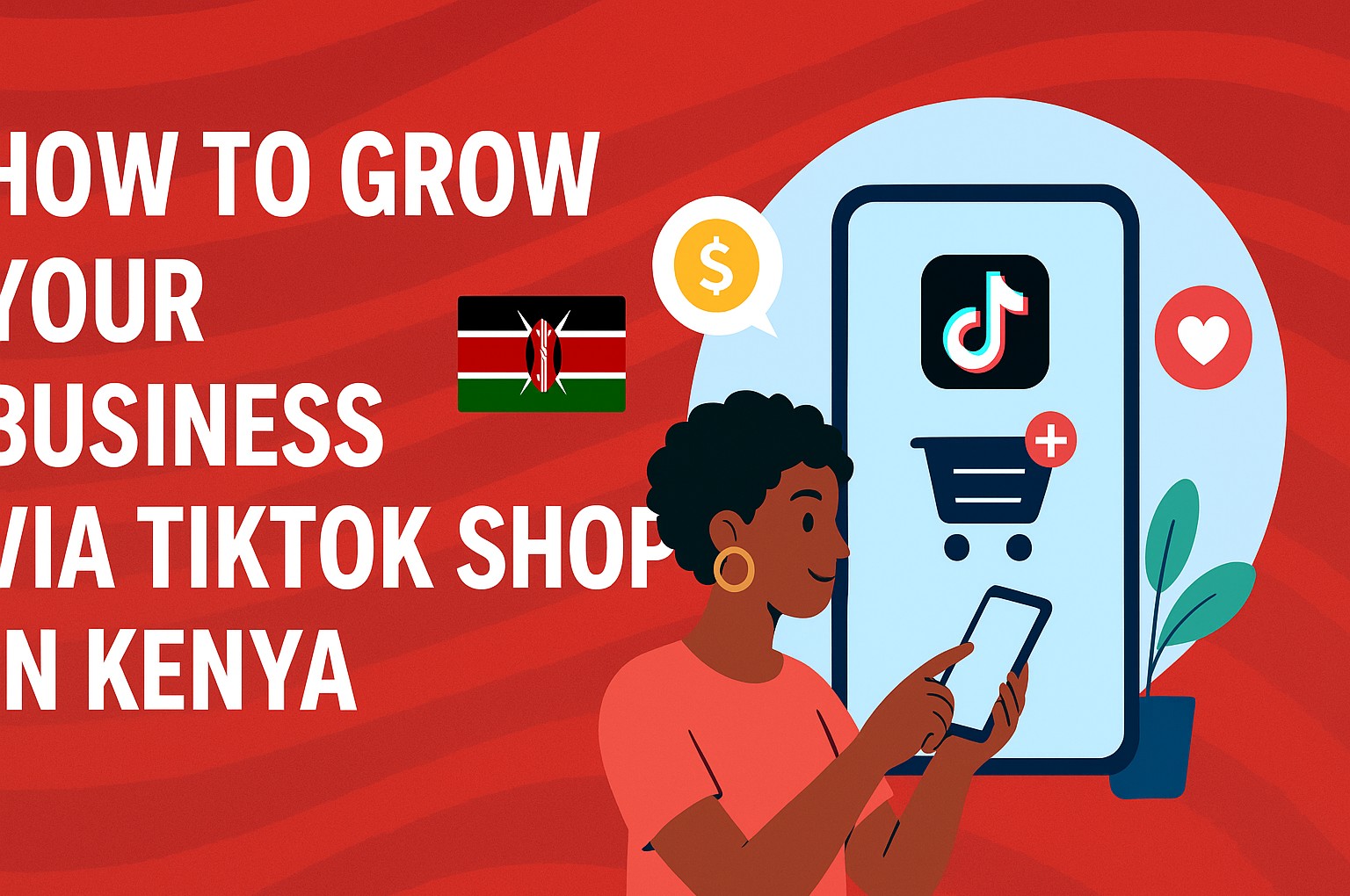

Titus Morebu
Author
Guide to Starting a Poultry Business in Kenya: Step-by-Step Blueprint 🐓
Learn how to launch a thriving poultry enterprise in Kenya — from planning, costs, breeds, housing and biosecurity to marketing, scaling and profitability.
Thinking of venturing into poultry farming in Kenya? You’re in the right place. This comprehensive guide will walk you through every key step—from choosing the right bird types to scaling your operations and managing risks. Whether you’re starting small or planning large, this is your go-to manual. 💡
Why Poultry Farming Is a Smart Choice in Kenya
- High demand for eggs and chicken meat — Consumers from all income levels eat eggs and chicken; urbanization and changing diets boost market size.
- Relatively quick returns — Especially with broilers, cycles may last 6–8 weeks, allowing multiple turns per year.
- Scalable and flexible — You can start small (50–200 birds) and scale as you gain experience and capital.
- Value-addition opportunities — You can sell fresh eggs, packaged eggs, processed chicken cuts, or even manure for fertilizer.
- Employment and food security — Poultry can support rural livelihoods and local protein supply.
Understanding the Kenyan Poultry Landscape
Poultry farming in Kenya is largely practiced at small scale, with most farmers keeping fewer than 1,000 birds. The sector contributes to rural incomes, employment, and national food security. Broilers, layers, and improved indigenous (Kienyeji) breeds dominate. 📊
The key commercial categories:
- Broilers — For meat. Fast turnover but cost-sensitive.
- Layers — For egg production. Steady income over many months.
- Kienyeji / indigenous & improved local types — Hardy, dual-purpose, growing in popularity.
Step 1: Market Research & Business Planning
Define Your Niche & Goals
Decide whether you will focus on broilers, layers, Kienyeji, or a combination. Choose what your local market demands. Some markets prefer organic or free-range types, others cheaper meat or eggs.
Scope Out Your Customers & Channels
- Households, neighbors, farm shops
- Hotels, restaurants, schools, hospitals
- Butcheries, supermarkets, retailers
- Aggregators, distributors, cooperatives
- Institutional tenders (e.g. county contracts)
Cost & Revenue Projections
Build a financial model for your first 12 months including capital and recurring costs. Feed, chicks, housing, labor, utilities, health, transport, marketing—all must be accounted for.
Step 2: Legal Registration, Permits & Compliance
- Register business name via eCitizen or county business registration.
- Obtain a county-level trade license / business permit.
- Comply with public health / sanitation / food safety inspections if you sell eggs or meat for human consumption.
- Adhere to environmental regulations and waste management.
- Consider joining poultry associations, cooperatives, or SACCOs for network, training, and bulk input discounts.
Step 3: Selecting Breed & Stock
Common Choices in Kenya
- Broiler breeds — e.g. Cobb, Ross — grow fast, high feed conversion.
- Layer breeds — e.g. Isa Brown, Lohmann Brown — consistent egg layers.
- Improved indigenous / Kienyeji — e.g. KARI Improved, Kenbro, dual-purpose local types.
Where to Buy & What to Demand
- Buy from reputable hatcheries or certified suppliers.
- Check vaccination history, chick health, uniformity.
- Request day-old chicks or pullets, depending on your plan.
- Quarantine new stock before introducing them to your main flock.
Step 4: Constructing Housing & Infrastructure
Key Design Principles
- Adequate ventilation (fresh air, remove ammonia)
- Predator-proofing and secure fencing
- Easy cleaning & drainage for waste
- Thermal control (insulation, shade, heating for chicks)
- Good lighting (especially for layers)
Systems You Can Use
- Deep litter (floor-based) — bedding materials, economical and common.
- Cage / battery systems (for layers) — better space efficiency but higher cost.
- Free-range (for Kienyeji or organic setups) — birds roam part of day, lower feed cost but higher risk.
Estimate of Housing Cost
For small flocks (100–200 birds), expect to invest KSh 50,000–100,000 (or more) depending on materials and design. As you scale, cost per unit can drop. Ensure durable roofing, flooring, and secure walls.
Step 5: Feeding, Nutrition & Feed Management
Importance of Balanced Diets
Feed is often the single largest ongoing cost—accounting for 60–70% or more of total expenses. Getting nutrition right ensures fast growth (for broilers) or high egg yield (for layers). Deficiencies lead to poor performance.
Feed Types & Strategies
- Starter feeds for chicks (high protein)
- Grower / finisher feeds for rapidly growing birds
- Layer/egg-formula feeds — with calcium, phosphorus, vitamins
- Supplementing with local ingredients (maize bran, sunflower cake, fish meal, kitchen waste) to reduce cost
Feed Conversion Monitoring
Track “feed-to-weight” (for broilers) or “feed per egg produced” (for layers). Improving conversion by even a small percentage boosts profit significantly.
Step 6: Health Management & Biosecurity
Essential Biosecurity Principles
- Limit visitor access, use footbaths at entry
- Quarantine new birds for at least two weeks
- Strict cleaning and disinfection of houses
- Rodent and insect control
- Separate equipment for different houses
Vaccination & Disease Prevention
Implement a vaccination schedule tailored to local disease risks (e.g. Newcastle, Gumboro, Marek’s, Fowl Pox, Coccidiosis). Work with a poultry vet or extension officer.
Common Disease Warning Signs
- Sudden drop in feed intake or weight gain
- Diarrhea, respiratory distress, sneezing, coughing
- Increased mortality or dead birds
- Egg abnormalities (thin shells, deformities)
Step 7: Operations & Daily Management
- Maintain records: feed consumption, mortality, egg count, sales, costs
- Ensure constant clean water supply
- Manage lighting (layers often need 16–18 hours of light for peak lay)
- Routine cleaning, litter management, ventilation checks
- Regular farm inspections (check for pests, injuries, weak birds)
Step 8: Marketing, Sales & Value Addition
Having good production is necessary but not sufficient—you must sell. Here are strategies:
- Direct to consumers — via roadside stalls, social media, home deliveries
- Business-to-business — supply farms, hotels, restaurants, schools
- Retail and supermarkets — packaged eggs, processed poultry cuts
- Value addition — branding, packaging, freezing, ready-to-cook products
- Cooperative or group marketing — band with other farmers to access bulk buyers
Step 9: Financial Control & Scaling
Cost Control Strategies
- Buy feed and inputs in bulk for lower cost
- Produce or supplement feed locally
- Optimize efficiency (feed conversion, mortality reduction)
- Negotiate better rates with suppliers, transporters
When & How to Scale
- Scale once you’ve perfected a small batch operation
- Add birds gradually, expand housing progressively
- Use profits or reinvest equity rather than overleveraging
- Modernize — introduce automation (feeders, drinkers, environmental control) to reduce labor cost
Step 10: Risk Mitigation & Challenges
- Feed cost volatility — always have alternate suppliers or buffer stock
- Disease outbreaks — good biosecurity and vaccination minimize risk
- Market price fluctuations — diversify products or sales channels
- Climate / weather risks — protect housing, ensure ventilation or shade
- Credit & financing constraints — use group lending, cooperatives, microloans
- Labor and management — train staff properly, maintain strong supervision
Case Scenarios & Cost Estimates
Here are approximate cost ranges for Kenyan poultry operations (for small to medium scale):
- A small 100-bird layer setup might cost ~ KSh 130,000 (housing, chicks, feed, equipment)
- A 100-bird broiler batch may cost ~ KSh 50,000 (chicks, feed, vaccination)
- Medium-scale farms (500 birds) may incur KSh 300,000–500,000+ startup costs
- Recurring monthly costs: feed, labor, health, utilities, transport, maintenance, packaging, marketing
Tips for Success & Best Practices
- Start small and learn before expanding
- Always maintain strict biosecurity and hygiene
- Keep impeccable records and analyze performance regularly
- Stay updated with agricultural extension services and innovations
- Be responsive to market demand — adapt breed mix or product lines
- Leverage digital tools — social media, farm management apps
- Network with other poultry farmers and associations
- Plan for seasonal demand swings and buffer stock or price strategies
Conclusion
Launching a poultry business in Kenya is entirely achievable with proper planning, strong execution, and continuous learning. Whether you're raising meat birds or egg-layers, or choosing hardy indigenous breeds, the key is to manage costs, protect flock health, and create reliable market channels. With the strategies in this guide, you’re well-equipped to build a sustainable, profitable poultry venture. 🥚🐔
Gallery

Related Articles
3 articles
How to Become a Supplier to Supermarkets in Kenya – A Step-by-Step Guide 🌟
Learn how to register, pitch, and win supply contracts with Kenyan supermarkets. Step-by-step process, tips, and legal requirements — your roadmap to success.

Best Money-Saving Strategies for Kenyan Small Business Owners
Practical and actionable tips for small business owners in Kenya to cut costs, boost profits, and build resilience in 2025.

How to Grow Your Business via TikTok Shop in Kenya 🚀
Unlock TikTok Shop Kenya strategies to boost sales, visibility and customer trust with proven tactics for 2025 success.